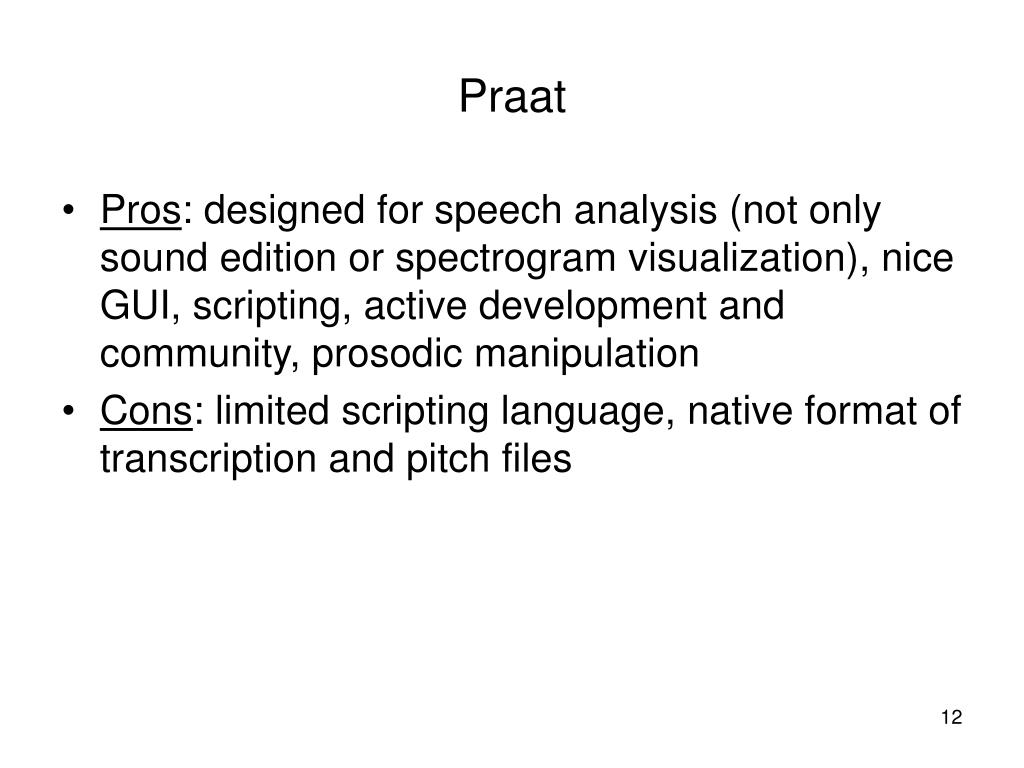
Through muscular control, the arytenoids can be swivelled to draw the vocal folds together across the top of the trachea, thereby closing off the air passageway from the lungs. The important aspects of the anatomy of the larynx include the thyroid cartilage which surrounds and supports the vocal folds which are two muscular tissues joined at the front and separated at the back by attachment to the arytenoid cartilages. There is still much to learn about the relationship between larynx settings and voice quality. Voice quality is important in the training of vocal performers, particularly actors and singers.

Measurements of voice quality may help track changes in emotional or physiological state.

Quantitative measures of voice quality could supplement the rating scales used to identify and monitor voice pathologies. Voice quality can have both linguistic and para-linguistic functions: in making phonological choices in some languages, to supporting lexical tones, to aiding intonation, to marking dialogue acts (see Gobl & Ní Chasaide, 2010). The voice quality used by individuals is not constant but varies in different contexts. to appreciate some of the methodological problems associated with assessment of voice quality.to experience the effect of changes in voice quality on major quantitative measures of regularity and breathiness.to learn how different quantitative measures related to perceived quality can be extracted from speech and Laryngograph signals.to learn about the form of Laryngograph signals.

to gain experience in making Laryngograph recordings.to understand the difference between subjective and objective measures of voice quality.to learn about how changes in larynx settings cause changes in voice quality.Measuring Voice Quality Learning Objectives


 0 kommentar(er)
0 kommentar(er)
